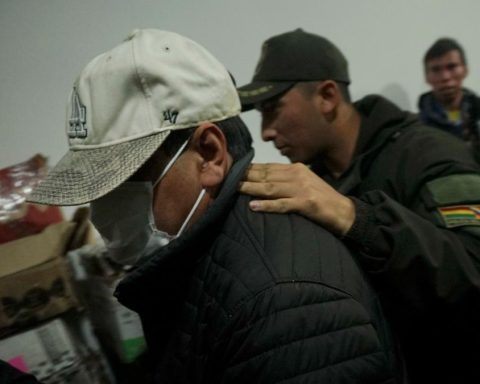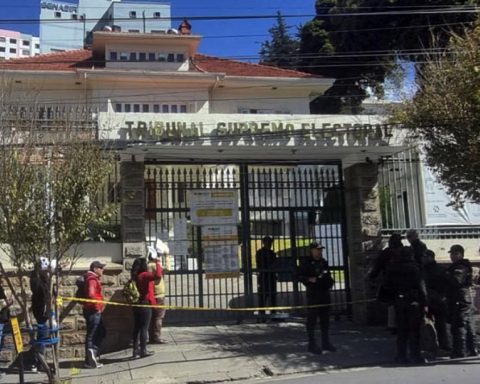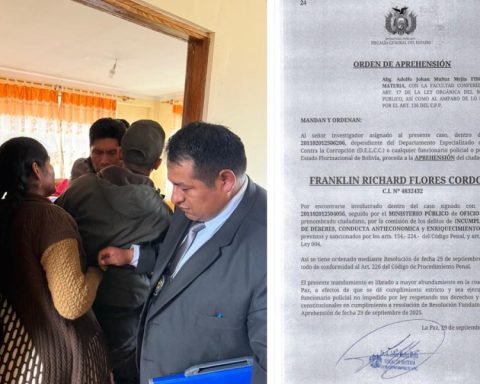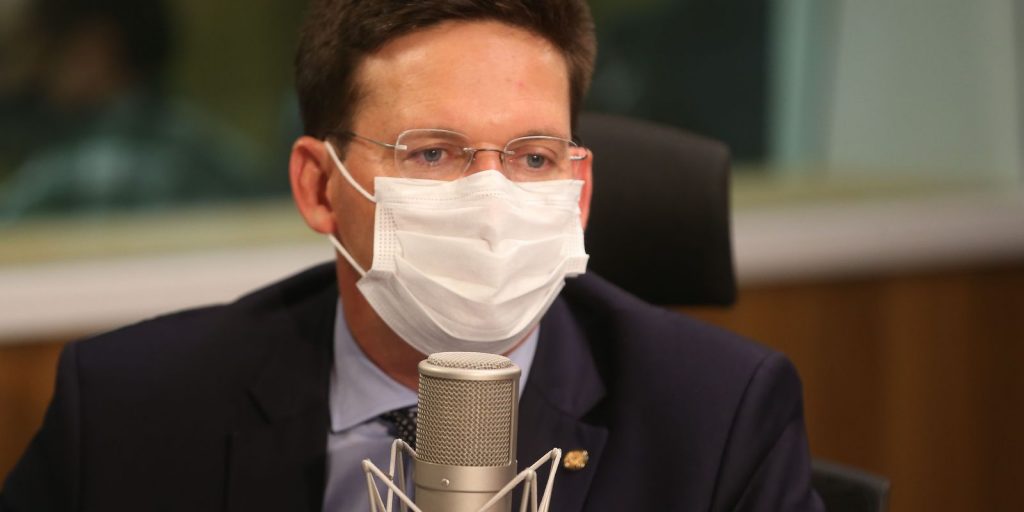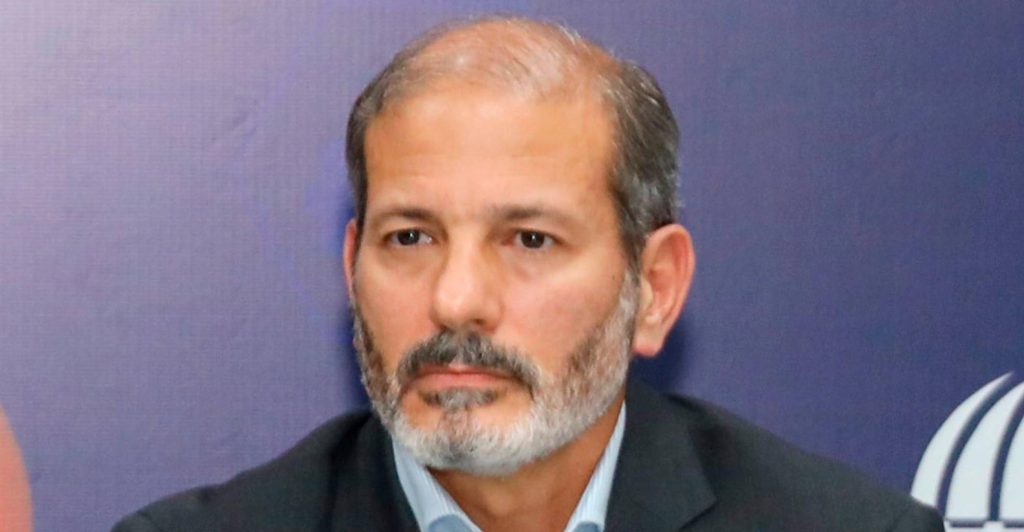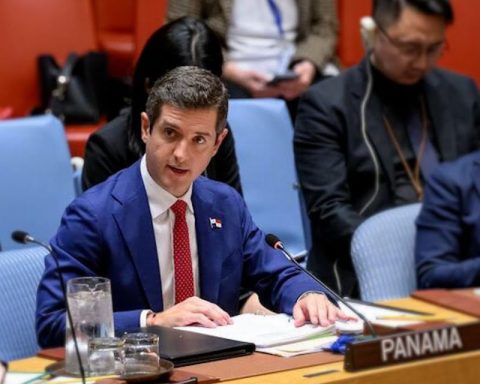Page Seven / La Paz
The coronavirus pandemic and the economic crisis was devastating for workers in Bolivia and the region, but despite the fact that unemployment has decreased as a result of the economic recovery, this has been at the cost of the generation of informal jobs.
This is revealed by the new director of the office of the International Labor Organization (ILO) for the Andean countries, Ítalo Cardona Monterroza.
The executive responded to some inquiries from Página Siete through a questionnaire in which he takes stock of the labor market after the pandemic. He assures that this had a devastating impact, since 26 million jobs were lost in 2020 in Latin America and the Caribbean.
“Today, with the economic recovery already underway, we are still not close to recovering the lost jobs. It is also worrying that out of every 10 jobs that are created, seven are in the informal sector ”, he observed.
Even in countries like Chile, where the percentage is considerably lower than the average for the region, one out of every two new jobs has been informal.
Cardona explained that this means that the lack of protection of workers in the region continues and informality continues to be reinforced, which is one of the “comorbidities” that aggravated the negative effects of the coronavirus pandemic in the region’s labor market.
“During the first months of 2021 we observed that informal occupations are leading the partial recovery of employment, with what this means in terms of job quality, taking into account the close link between labor informality, low income and inequality” , lament.
The ILO has already warned about the importance of knowing the characteristics of emerging informality in the countries, in order to build a strategy that is not only responsible for the temporary increase, but also helps to mark a sustained reduction in it.
Impact of the crisis
According to Cardona, the impact of the covid in the labor market of the Andean countries has been very different in magnitude.
For example, based on the official figures of the statistical institutes of these countries, it has been recorded that in 2020 employment in Bolivia (urban area) and Ecuador fell by 5% and 8%, while the decrease was greater in Peru and Colombia with 13% and 11%, respectively.
Also, informality was the refuge for many people. For example, in 2020, informal employment in Peru rose to 75% and as of the third quarter of this year it has increased to 78%. In the case of Colombia, informal employment was 48% in 2020 and has not changed as of the third quarter of 2021.
“Although there are no recent official data on the levels of informality in Bolivia, it is estimated that, before the pandemic, informality in employment was around 80%,” said Cardona.
This year, he said, the main employment indicators in Bolivia (urban area) show improvements compared to 2020. According to the results of the Continuous Employment Survey (ECE), in the first quarter of 2021, in the urban area, the economically active population (EAP) had a positive variation of 6.3% in relation to the same quarter of the previous year and the employed population reached 3,896,000, 3.1% higher than the previous period.
“After unemployment was close to 11% in the third quarter of 2020, the first three months of 2021 we could already see a trend towards recovery, with an unemployment rate of 8.7%, the second lowest within the Andean region (only surpassed by Ecuador with 7.3%) ”, he highlighted.
However, he stressed that there is still much to do to create the jobs and opportunities necessary to improve people’s quality of life.
Women and youth
Cardona expressed concern about the fact that gaps still persist in the indicators, especially those referring to women and youth.
The ECE points out that, as of the first quarter of 2021, female participation in the labor market is still lower than that of men (63.8% and 78.2%, respectively). The survey also warns that for the first quarter of 2021, in the urban area of Bolivia, the youth unemployment rate (16-28 years) was 14.4%, 2.9 percentage points lower than the maximum reached during the third quarter. of 2020, but which is still higher by 5.7 percentage points with respect to the general unemployment rate.
He warned that the lack of youth employment opportunities is worrisome because it can affect people’s work trajectories and limits their possibilities of accessing decent work in the future. “Starting a working life in a precarious way, under the siege of unemployment and informality can have persistent effects on access to jobs, working conditions and on income,” he said.
Social protection
Cardona said that the countries have taken emergency measures in terms of social protection to alleviate the impact of the crisis on people, but work must be done urgently to strengthen comprehensive social protection systems. “From the ILO, we are supporting the creation and strengthening of comprehensive unemployment protection insurance in Peru and Ecuador, for example. And we will continue in the effort to support the Andean countries in the design of strategies that allow expanding the coverage of social protection to the groups that we know are most difficult to reach: youth, women, migrant population and informal workers, ”said the new ILO director for the Andean countries.
Full recovery of employment will take until 2024 or 2025
He explained that in most Andean countries an important reestablishment of employment is observed due to the opening of many economic activities.
“But I do not want to stop insisting that this recovery has been insufficient and has generated low-quality jobs. So far this first half of 2021, we even see that the recovery in employment has slowed and, in some cases, has slowed. With this background, we could speak of a recovery only after 2024 or 2025, especially since the dynamism has been mainly driven by the commodities sector ”, he stressed.
In addition, he stressed that, although the demand for employment begins to show a more favorable behavior hand in hand with greater economic dynamism, employment opportunities for young people will continue to be very restricted. “In this context, the already high incidence of informality among these workers, which affected six out of 10 young people before the pandemic, runs the risk of increasing even more,” he said.
Cardona assured that the difference may be in the economic reactivation efforts that are made and that these people are the center,

